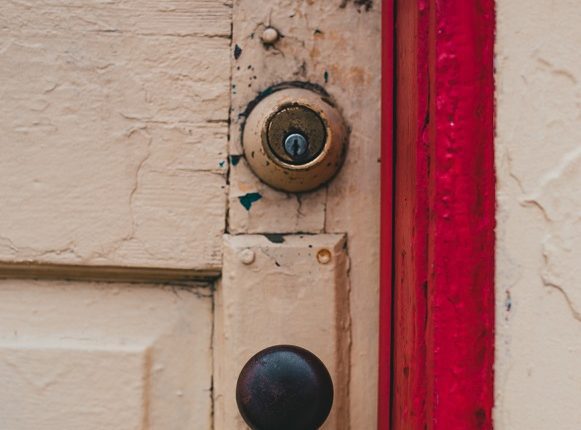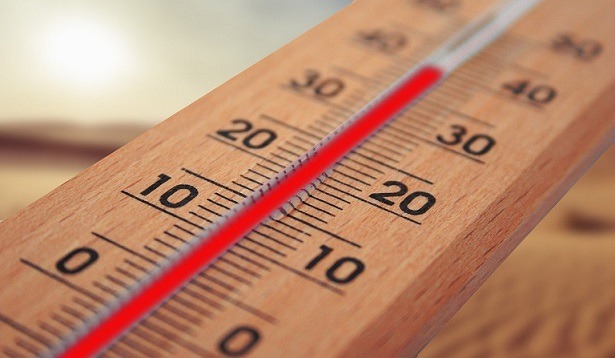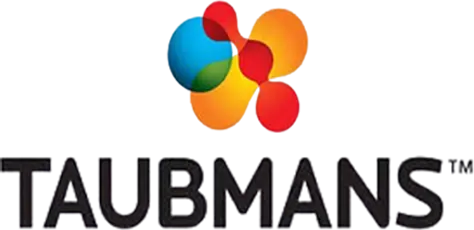
Every new paint job is a beautiful achievement, transforming dull living spaces into fresh and inviting rooms. But, after a few years of living with your newly painted walls, you might start noticing that some areas of your home are beginning to look more like chalk than its original colour.
This problem is called “chalking”, and it’s surprisingly easy to prevent and remove! However, if you ignore chalking, it can lead to more severe problems with your paint and can even cause health problems for those who consistently breathe it in.
In this guide, we’ll go over how to prevent chalking, why you should care about it, and most importantly – how you can remove chalked paint, so your walls look new again.
Looking for a professional painter in Melbourne to transform your interior? Visit our interior painting service page and book a consultation today!
 Here are some tips on How To Properly Prepare Your Walls For Painting.
Here are some tips on How To Properly Prepare Your Walls For Painting.
 If chalking paint isn’t too severe, you can also try using a metal brush or sandpaper to remove the affected layer.
Start by scraping away any loose chalked paint with the wire brush or sandpaper. Once you’ve removed all the loose paint, use your sandpaper to rub over the same area until it’s smooth.
If chalking paint isn’t too severe, you can also try using a metal brush or sandpaper to remove the affected layer.
Start by scraping away any loose chalked paint with the wire brush or sandpaper. Once you’ve removed all the loose paint, use your sandpaper to rub over the same area until it’s smooth.
What is Paint Chalking?
Paint chalk is a white powdery substance that can form on painted surfaces after a few years of exposure to sunlight and heat. As a result, the paint colours start to fade and lose their vibrancy. Although you can prevent chalking through proper surface maintenance and by using UV resistant paint, it’s a fairly common occurrence that happens to many painted surfaces, especially in the sunnier areas of your home.What Causes Chalking Paint to Occur?
Chalking typically happens when the sun’s UV rays interact with your paint and gradually break it down, causing it to fade. UV degradation causes the paint’s resin to slowly detach from its surface, leaving behind a chalky substance. Resin is responsible for binding the paint’s pigment particles together for a quality finish. Other than UV radiation, there are other factors that can cause chalking. These include: Paint products that are already thinned: Lower quality paint products that are too thin can cause the paint coat to degrade faster. Thin paints will also drip onto your floors during application and ruin your trim. Incorrect paint application: If the base coat is not applied correctly, your walls may be susceptible to salt permeating through the cement. A base coat also helps to seal the surface. Porous surfaces that lack primer – Porous surfaces like new drywall will absorb the paint unevenly, which will cause its painted colour to be inconsistent. In these cases, it’s essential to use a primer before your base coat. Excessive heat or humidity: High temperatures can cause the paint to dry quickly, drastically reducing its lifespan. A hot environment also causes your paint never to adhere to the surface, eventually causing cracks and blisters. Dirty surfaces: Dust particles acts as an abrasive agent that slowly wears down the paint surface. It’s therefore important to dust and clean your surfaces before painting. Coastal Environments: A salty atmosphere causes moisture to penetrate your paint’s surface, which will result in accelerated deterioration. Extreme temperature changes: Temperature changes can cause the paint to dry too quickly or crack. Here are some tips on How To Properly Prepare Your Walls For Painting.
Here are some tips on How To Properly Prepare Your Walls For Painting.
Can Paint Chalking be Reversed Once the Damage is Done?
Once the process of chalking has begun, it’s difficult to reverse the damage. The first thing you need to do is identify the level of degradation by rubbing your fingers over the paint’s surface. While surfaces with light to mild chalking can be repainted, heavy chalk surfaces are far more challenging as the paint will struggle to stick to the surface. Afterwards, try these two methods to remove the chalkiness and restore the colour to your painted surface:Pressure Washing
Using a pressure washer on the affected area is one of the best ways to remove chalking paint. You can rent or buy a pressure washer at your local home improvement store. Once the pressure washer is set up, start with the surface wet and then turn on the water. When the pressure is at its highest (before it begins to damage the surface itself that is), direct it towards your chalking paint. You should notice some of the chalkiness start to fade away, which can then be repainted.Wire Brushing or Sanding
 If chalking paint isn’t too severe, you can also try using a metal brush or sandpaper to remove the affected layer.
Start by scraping away any loose chalked paint with the wire brush or sandpaper. Once you’ve removed all the loose paint, use your sandpaper to rub over the same area until it’s smooth.
If chalking paint isn’t too severe, you can also try using a metal brush or sandpaper to remove the affected layer.
Start by scraping away any loose chalked paint with the wire brush or sandpaper. Once you’ve removed all the loose paint, use your sandpaper to rub over the same area until it’s smooth.
Applying Primer and Paint
Once all the chalkiness has been removed from the surface, you’ll need to apply a primer coat before painting. Whether you decide to paint with a roller or a brush, it’s crucial not to apply paint that is either too-thick or too-thin to prevent cracking and flaking. If there is some chalk residue, apply a penetrating additive to your paint’s first coat – this should help adhere your paint to the surface. Alternatively, you can use a latex primer as your paint’s first coat, as they are less susceptible to cracking, peeling, and fading.Preventing Paint Chalk From Occurring
The best way to prevent chalking in the future is by sealing your painted surface with a quality sealant. A sealant helps to smoothen out walls with hairline cracks and uneven surfaces, ensuring your top coat is applied for a uniformed finish. Other ways to to help delay the chalking process include:- Opting for lighter colours as they reflect the sun’s rays and reduce heat build-up
- Purchasing a paint sealant that has UV protection
- Ensuring painted surfaces are adequately maintained through yearly washes and repaints
- Using high quality paint that is UV resistant
Newline Painting – Ensuring a Quality Finish Every Time!
If you’ve attempted multiple paint jobs with little success, you might need to call in the experts. Newline Painting is a professional painting company in Melbourne that believes in providing homeowners with exceptional results every time. Our team specializes in exterior and interior paint jobs, from your kitchen cabinets to your flooring. If you’re looking for quality craftsmanship at an affordable price, then look no further than Newline painting. Call 1300 044 206 to book a free quote today! Our coverage area includes all of Melbourne, including Abbotsford, Albert Park, Armadale, Bentleigh, and Berwick.
Categories Paint






